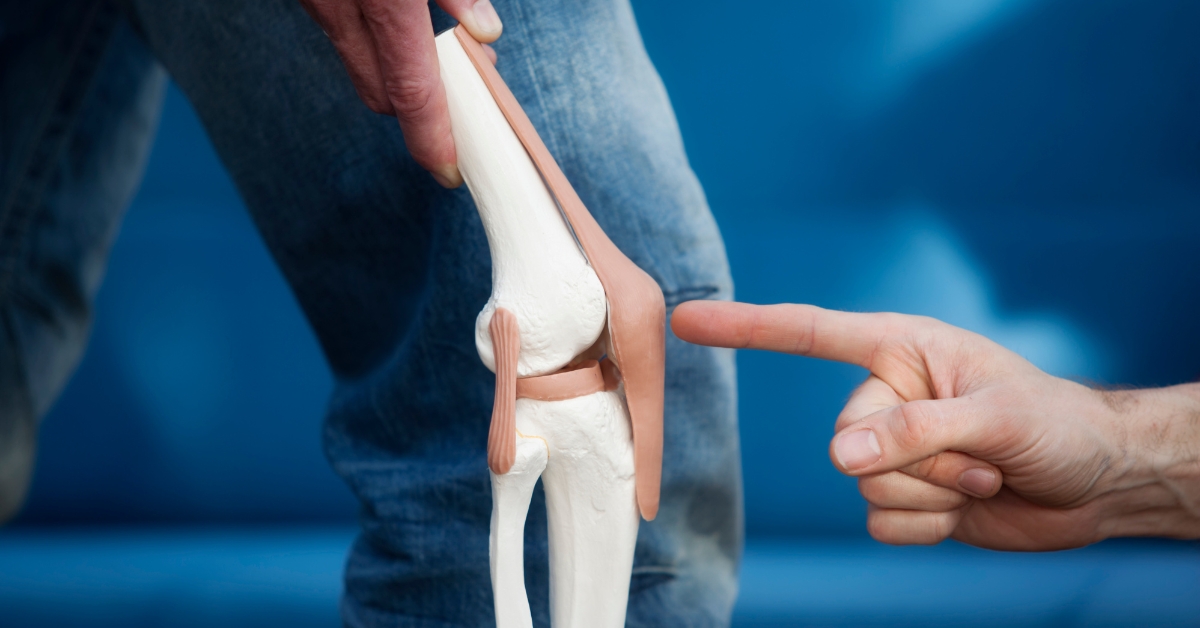Knee pain can severely affect your ability to walk, climb stairs, or enjoy your daily routine. When conservative treatments like physiotherapy or medications no longer help, knee replacement surgery becomes a reliable option. What can you anticipate both before and after the operation, however, and what does the process entail?
Understand the full journey of knee replacement, starting from the preparation to recovery, so you feel confident about the process ahead.
Understanding Knee Replacement Surgery
Knee replacement (also known as knee arthroplasty) is a surgical procedure that involves removing damaged cartilage and bone from the knee joint and replacing it with a prosthetic implant. The aim is to restore function, reduce pain, and improve mobility.
There are two primary types:
- A total knee replacement (TKR) replaces both knee joints.
- A partial knee replacement replaces only the affected section of the knee.
Who Usually Needs Knee Replacement?
Knee replacement surgery is often recommended for individuals experiencing severe knee pain and dysfunction, which cannot be managed through non-surgical treatments like medication, physical therapy, or lifestyle changes. The primary cause for knee replacement surgery is the gradual deterioration of the knee joint due to conditions like osteoarthritis, rheumatoid arthritis, or injury-related damage.
People who may need knee replacement typically have:
- Severe Knee Pain: Persistent pain that limits daily activities like walking, climbing stairs, or getting up from a seated position.
- Stiffness and Swelling: Difficulty in bending or straightening the knee and visible swelling that does not improve with rest or medications.
- Decreased Mobility: Reduced ability to move freely, which affects walking, standing, or other basic tasks.
- Failure of Non-Surgical Treatments: When treatments like medications, physical therapy, and injections no longer relieve symptoms.
- Osteoarthritis: A common cause, where the cartilage in the knee joint wears down, leading to bone-on-bone friction and pain.
- Trauma or Injury: Injuries like fractures, ligament damage, or previous knee surgeries that have caused long-term damage to the knee joint.
If you experience any of these symptoms, it is important to consult a healthcare professional, such as an orthopaedic surgeon in Ahmedabad, to explore the most appropriate treatment options
Before Surgery: Preparing Your Body and Home
- Medical Evaluation
Before surgery, your orthopaedic surgeon will evaluate your overall health, do diagnostic techniques such as MRIs or X-rays, and review your medical history. This assists in selecting the proper implant kind and procedure.
- Planning Before Surgery
Before surgery, you will be given advice on how to strengthen your leg muscles, follow dietary guidelines, and stop or continue taking certain medicines. Recovery may be considerably impacted by these pre-operative measures.
- Home Readiness
Make sure your home is safe and accessible. Rearrange furniture, remove tripping hazards, and set up a comfortable rest zone on the ground floor if stairs are involved.
During Surgery: What Happens in the Operating Room
Knee replacement is typically performed under spinal or general anaesthesia and takes about 1.5 to 2 hours. The surgeon:
- Removes the damaged cartilage and bone
- Positions the metal implants
- Inserts a plastic spacer to ensure smooth movement
- Closes the incision with sutures or staples
A short hospital stay (usually 2–4 days) follows, depending on your recovery speed and any additional health factors.
After Surgery: Recovery and Rehabilitation
1. Immediate Recovery
Right after surgery, you’ll be monitored for vital signs and pain management. Physiotherapy usually starts within 24 hours to promote blood flow and prevent stiffness.
2. First Few Weeks
You may use assistive devices like walkers or crutches. Exercises will focus on restoring motion and strengthening the knee. Swelling and mild discomfort are common but should reduce with time and proper care.
3. Long-Term Recovery
Within 6–12 weeks, many patients resume light activities. However, full recovery can take up to 6 months or more, depending on your fitness, age, and rehabilitation consistency.
Activities such as walking, swimming, and light stretching are encouraged, but high-impact sports should be avoided unless cleared by your doctor.
Post-Surgery Tips for a Faster Recovery
- Follow your physiotherapist’s exercise plan daily
- Maintain a healthy diet rich in protein and calcium
- Stay hydrated to help tissue healing
- Avoid twisting or bending the knee excessively in the early weeks
- Keep an eye out for infection symptoms such as fever, discharge, or extreme redness.
Regular follow-ups with your orthopaedic surgeon will help track healing progress and allow early detection of any complications.
Overall!
Knee replacement surgery is a life-changing solution for those suffering from severe joint pain and mobility issues. By understanding the process—before, during, and after you can make informed decisions and prepare for a smoother recovery. Consulting a trusted and experienced orthopaedic professional is key to ensuring long-term success and regaining the active lifestyle you deserve.

